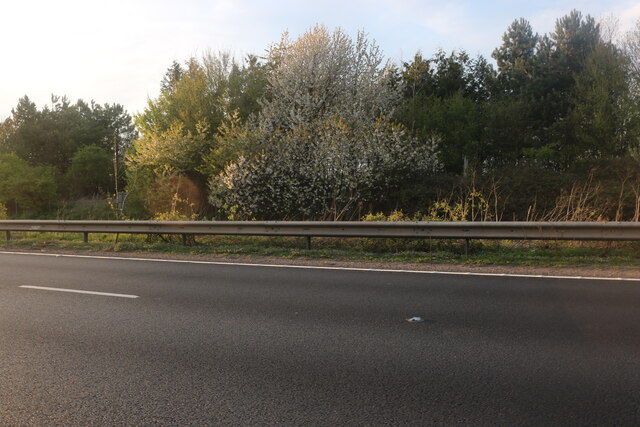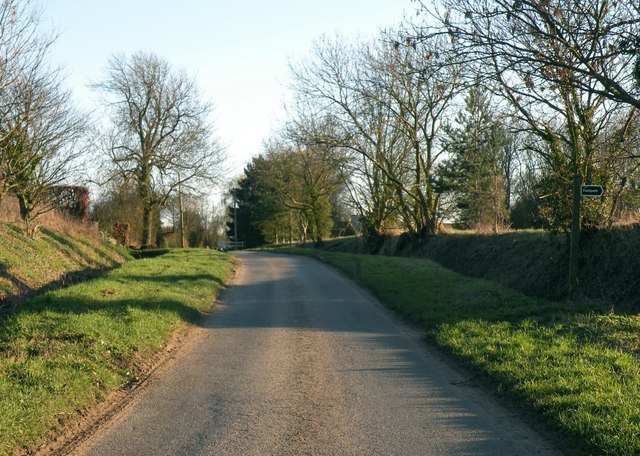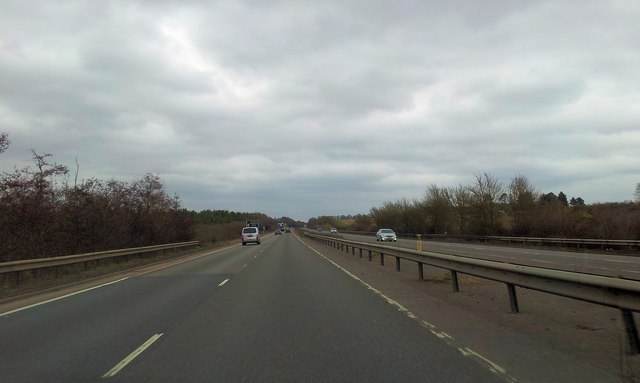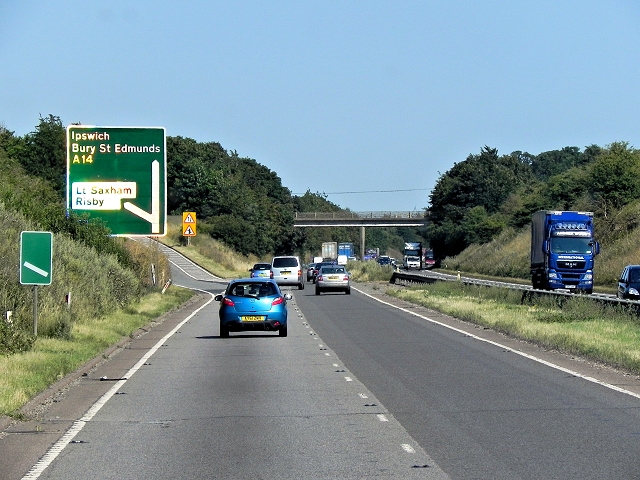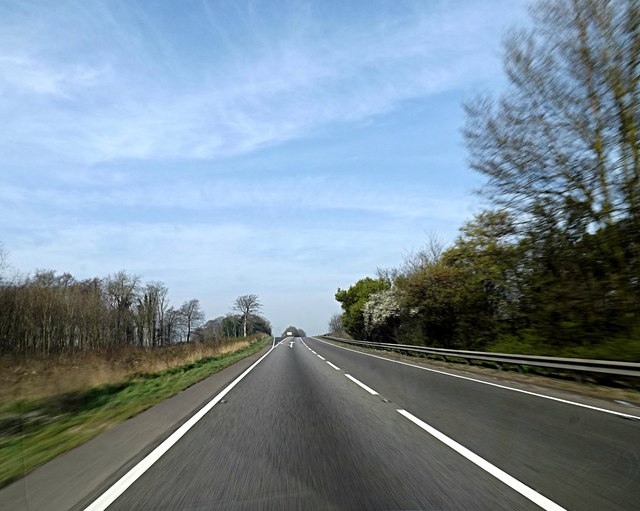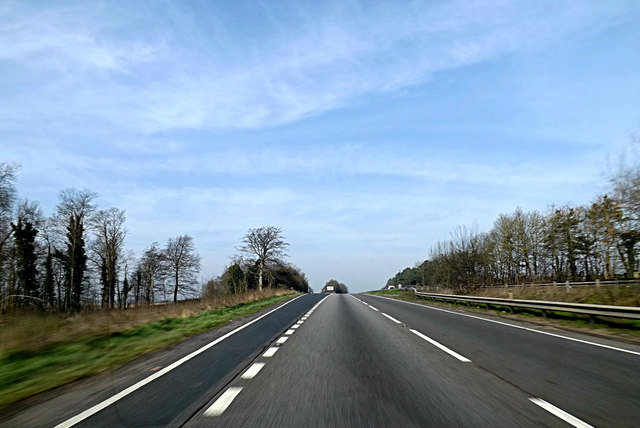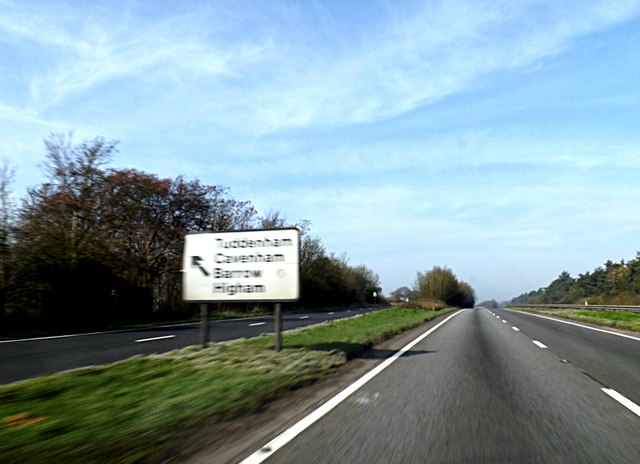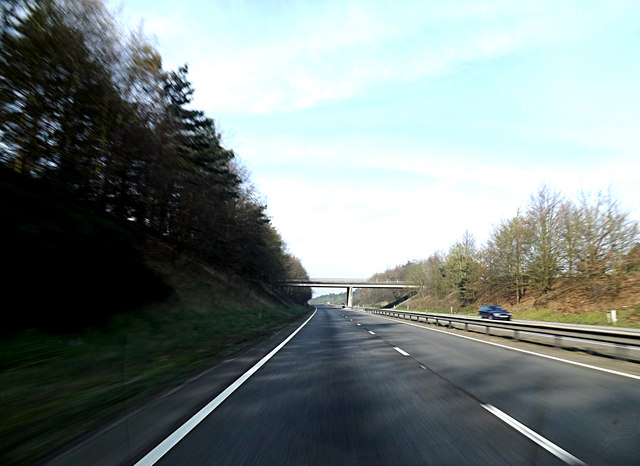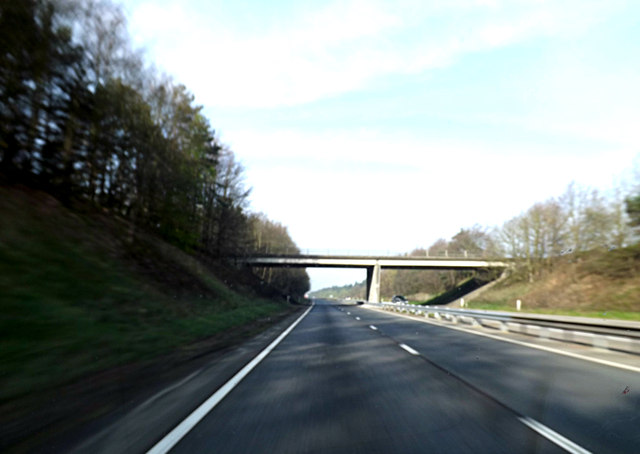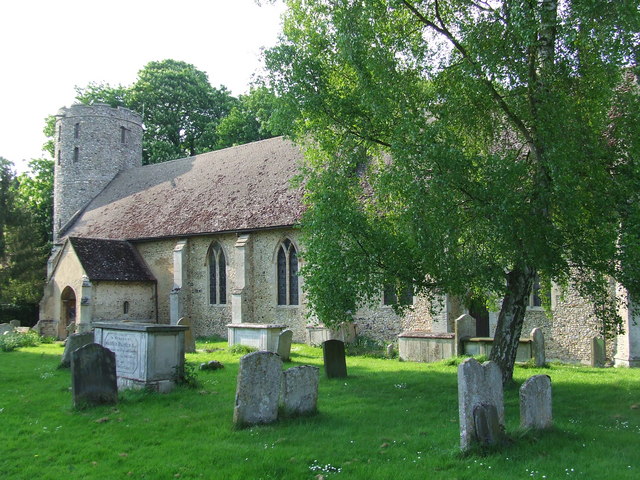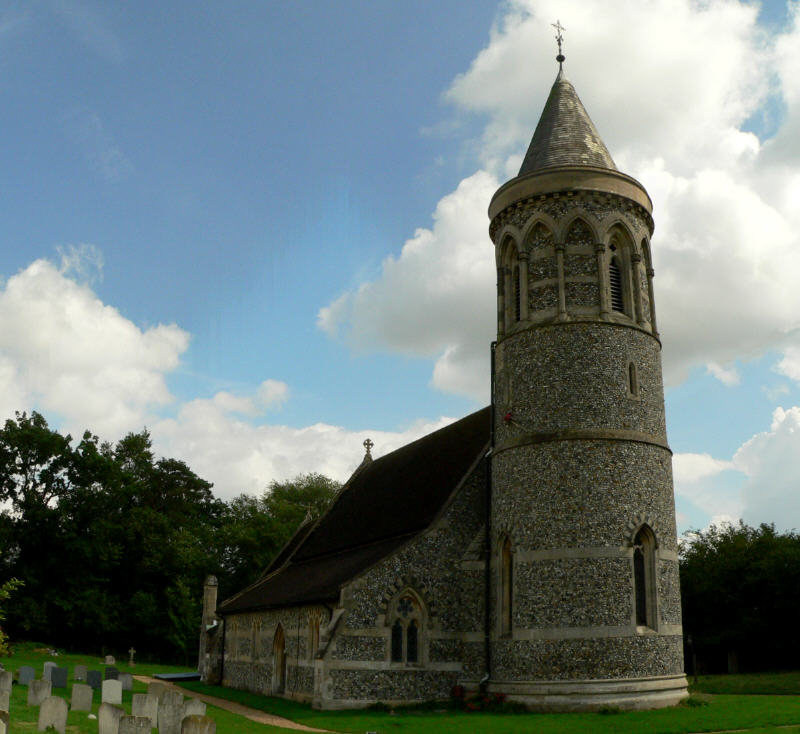Barrow Bottom
Valley in Suffolk West Suffolk
England
Barrow Bottom
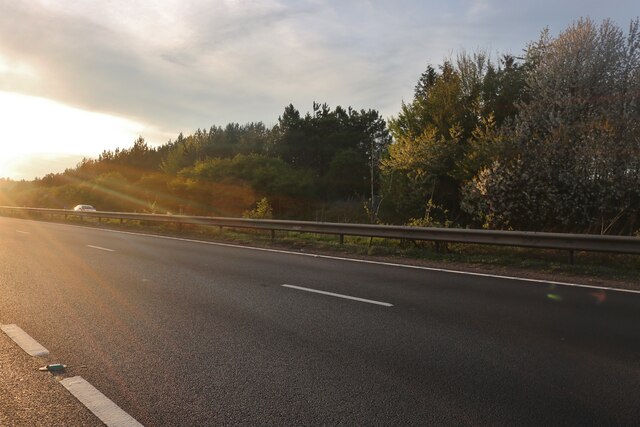
Barrow Bottom, Suffolk, also known as the Valley, is a picturesque rural village nestled in the heart of the Suffolk countryside in eastern England. The village is situated in a valley, surrounded by rolling hills, lush green fields, and meandering streams. It is located approximately 10 miles southeast of the town of Bury St Edmunds.
Barrow Bottom is a small, close-knit community with a population of around 400 residents. The village is characterized by its charming traditional thatched cottages, many of which date back several centuries. The architecture of the village is predominantly Tudor and Georgian, adding to its historic and timeless appeal.
The village is known for its natural beauty and tranquility, making it a popular destination for nature lovers, hikers, and cyclists. There are several scenic walking trails that wind through the surrounding countryside, offering breathtaking views of the valley and its idyllic landscapes.
Despite its rural setting, Barrow Bottom is well-connected to nearby towns and cities. The A14, a major road artery, passes just a few miles north of the village, providing easy access to Bury St Edmunds and Ipswich. Additionally, the village has a regular bus service, ensuring residents have convenient transportation options.
Barrow Bottom boasts a strong sense of community, with a local pub, village hall, and a primary school, which serves the surrounding area. There are also several small businesses and shops, providing essential services for residents.
Overall, Barrow Bottom, Suffolk, offers a tranquil and picturesque setting, perfect for those seeking a peaceful countryside retreat while maintaining easy access to nearby amenities and attractions.
If you have any feedback on the listing, please let us know in the comments section below.
Barrow Bottom Images
Images are sourced within 2km of 52.26744/0.59537222 or Grid Reference TL7766. Thanks to Geograph Open Source API. All images are credited.
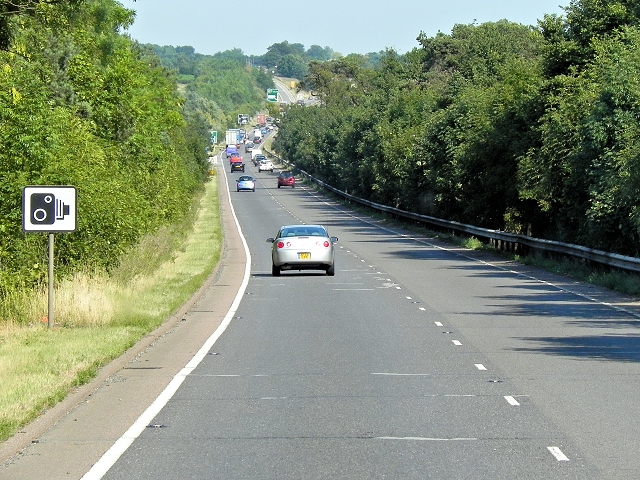
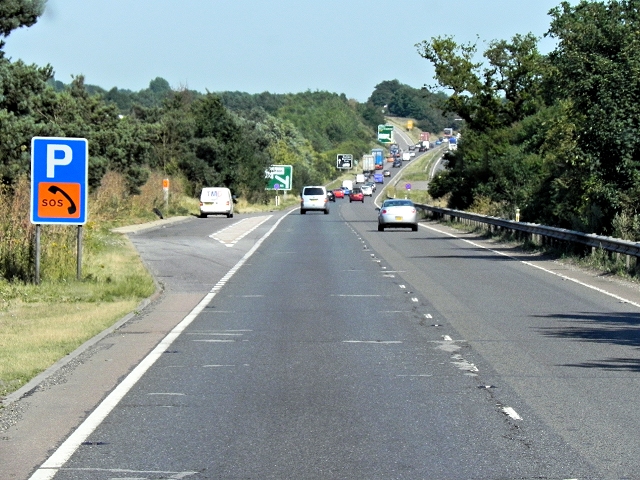
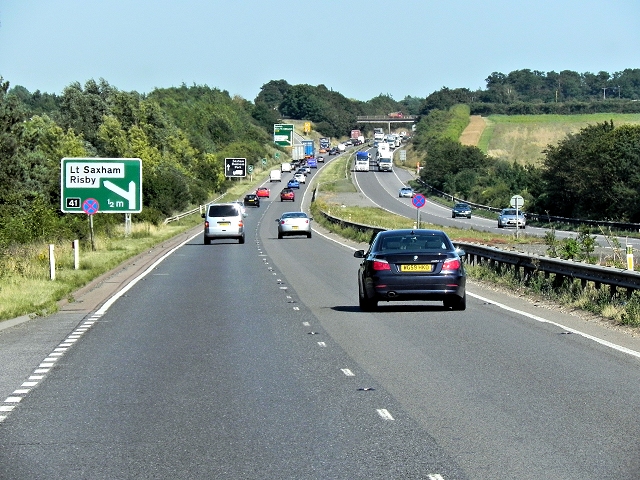
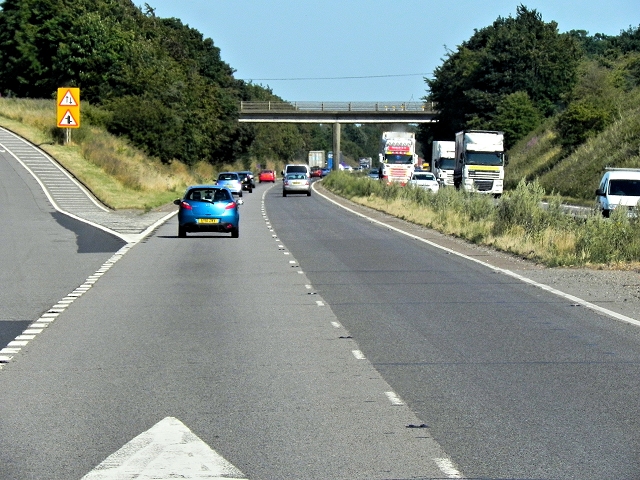
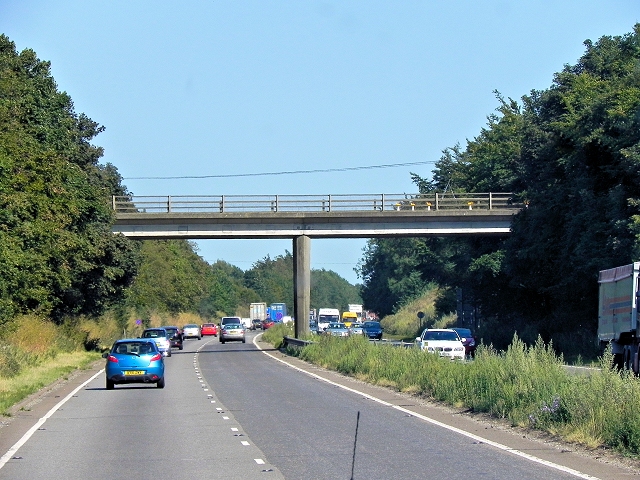
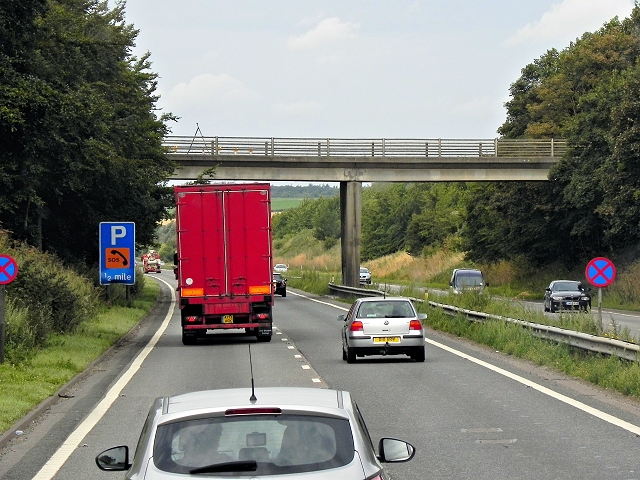
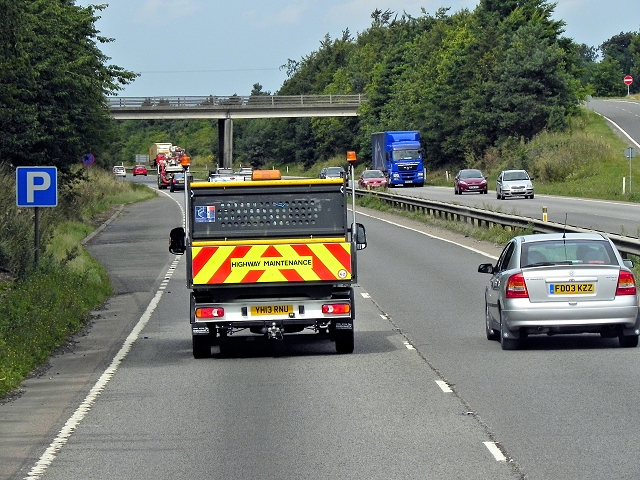
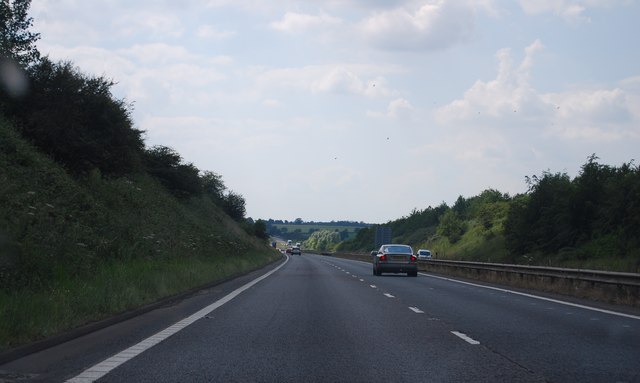
Barrow Bottom is located at Grid Ref: TL7766 (Lat: 52.26744, Lng: 0.59537222)
Administrative County: Suffolk
District: West Suffolk
Police Authority: Suffolk
What 3 Words
///slumped.grove.infects. Near Bury St Edmunds, Suffolk
Nearby Locations
Related Wikis
Higham railway station (Suffolk)
Higham railway station was a station serving Higham in the English county of Suffolk. It was opened by the Great Eastern Railway in 1854 when the railway...
Risby, Suffolk
Risby is a village and civil parish in the West Suffolk district of Suffolk in eastern England, located around 3 miles (4.8 km) west of Bury St. Edmunds...
Black Ditches, Cavenham
Black Ditches is an earthwork close to the village of Cavenham of Suffolk, and part of it is a biological Site of Special Scientific Interest (SSSI). The...
A14 road (England)
The A14 is a major trunk road in England, running 127 miles (204 km) from Catthorpe Interchange, a major intersection at the southern end of the M6 and...
Saxham and Risby railway station
Saxham & Risby railway station was a station serving Risby in the English county of Suffolk. It was opened by the Great Eastern Railway in 1854 following...
Old Broom
Old Broom is a 6.5-hectare (16-acre) nature reserve north of Risby in Suffolk. It is managed by the Suffolk Wildlife Trust.This is a remnant of an ancient...
Higham, West Suffolk
Higham is a village and civil parish in the West Suffolk district of Suffolk in the east of England. Located midway between Bury St Edmunds and Newmarket...
Cavenham
Cavenham is a village and civil parish in Suffolk, England, 10 kilometres (6 mi) northwest of Bury St Edmunds. It is in the local government district of...
Nearby Amenities
Located within 500m of 52.26744,0.59537222Have you been to Barrow Bottom?
Leave your review of Barrow Bottom below (or comments, questions and feedback).
